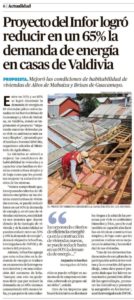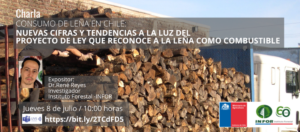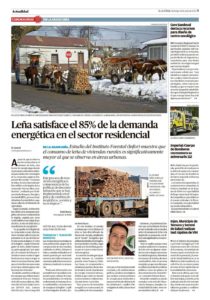The research also reveals a decrease in firewood consumption in Puerto Montt houses, which reaches 1.5 sticks per house each year. This results from making technological improvements (more efficient heaters) and having houses with higher thermal insulation. The energy transition process observed in several Chilean cities is a further important factor. It involves moving from an anergy matrix based on firewood to a more diversified one, in which pellet, electricity and other fuels complement the use of firewood for heating and gain greater significance.
As of 2014, the number of houses using firewood declined due to a sharp rise in pellet consumption. This process is very clear in big cities such as Puerto Montt, but it is less evident in small and medium-sized cities such as Calbuco, Castro or Maullín. This is largely related to the policy to reduce pollution (replacement of heaters, educational campaigns, and restriction on firewood consumption) as well as greater purchasing power of families.
At a regional level, between 1992 and 2019 firewood consumption increased by 79% while the total amount of houses increased by 116% which shows an emerging disconnection between firewood demand and population growth. Likewise, there is a strong demand for species like tepú (Tepualia Stipularis), ulmo (Eucryphia Cordifolia), and luma (Amomyrtus Luma) which is causing forest degradation, especially in Los Muermos, Maullín, Puerto Montt, Puerto Varas, Hualaihue, and Isla de Chiloé.







